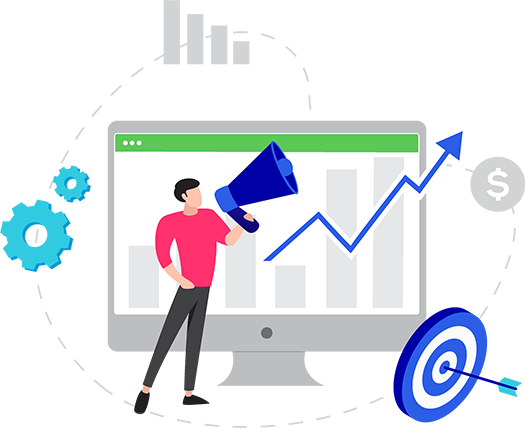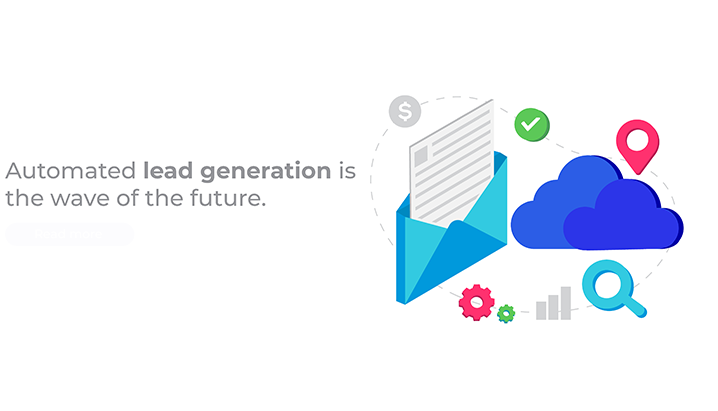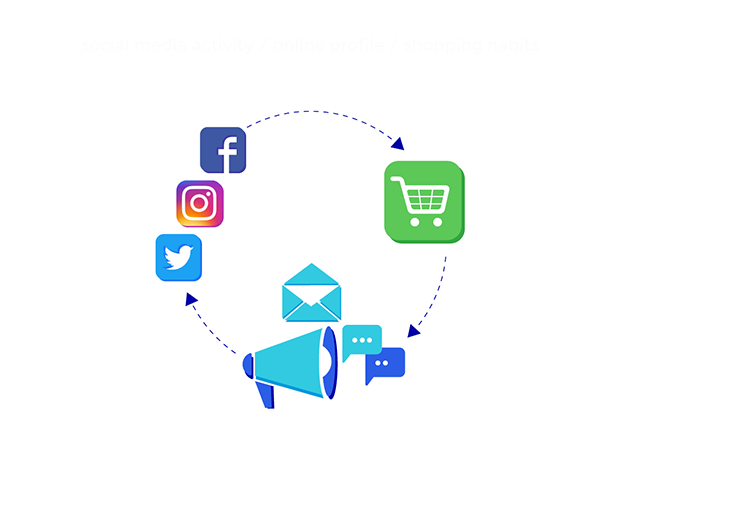How To Craft Compelling Content For Lead Gen Campaigns
Automation will soon play a predominant role in lead generation strategies, specifically when it comes to streamlining lead qualification, lead nurturing, and predictive scoring.

Automation will soon play a predominant role in lead generation strategies, specifically when it comes to streamlining lead qualification, lead nurturing, and predictive scoring. Automated lead gen is becoming indispensable for those looking to stay ahead of the competition. If you’re looking to save time and money, automated lead generation is the wave of the future; and latest lead gen tools (specifically SaaS) are the only way to make that happen.
Let’s look at some effective tactics for crafting compelling content for email solicitations. To determine the optimal structure to use for emails when conducting lead gen campaigns, one must bear in mind that emails are optimized to display on mobile devices. To do this, it helps to personalize emails appropriately. Make sure to use a subject line that is short, attention-grabbing, and to the point. Also: write a compelling pre-header and include specific “call to action” that aligns with business goals. Finally, plan the frequency and timing of each deployment. If this is all done well, one will maximize the efficacy of one’s lead generation.

Let’s explore mobile device optimization via the personalization of campaigns. It is imperative to appreciate the importance of mobile optimization and personalization. The idea behind personalization is to profile prospects, and cater to their express sensibilities. Bear in mind that email systems like HubSpot track open rates and click rates, and break analytics down by device type.
Visitor Tracking is made possible by software like Hotjar, which offers a “heatmap” tool. This creates a color-coded representation of how a user navigates your site; and helps you understand what users want, care about, and do on your site. It records visitors and tells you where they spend the most time on your site. You can use it to gather information on your leads—including patterns of behavior and feedback from surveys.
Be sure to include a bit of supporting data to support your pitch, but not too much—as you don’t want your pitch to be too dry and turgid. You want the lead to trust you, and some hard data will help instill confidence in them. A few well-placed facts will help you appear more credible. Feel free to make use of charts and graphs that are simple to understand. It’s harder to convey tone over email, so avoid using any ambiguous language in your email sales pitch.
The trick is to make use of information you have about candidates to craft the content of your message. Far more emails are first opened on mobile devices than on desktop applications; and people often make decisions “on the fly”. So it is crucial that formatting is done to ensure optimal functionality on mobile devices; and that content choices are made to ensure a captivating presentation on smart-phone screens.
Many make the mistake of sending blast emails with all of the information anyone would ever want to know about their program – and it is too overwhelming, and the message gets lost. Give recipients content that is relevant to them and that they care about. To give solicitations a personalized feel, you need to use SPECIFICS, not generalizations. This means avoiding generic wording, which often feels more like SPAM than a sincere message. Use as many Proper Nouns as possible, and refer to things that (seem) unique to the prospect’s personal interests.
Such targeting is crucial if one wants to engage a target customer. This is why parsing data-sets is so important, segmenting contacts based on their online behavior (social media activity, expressed interests, online profiles, shopping history, etc.) Though they are distinct, targeting / segmentation and personalization go hand in hand. In the end, one must always tailor content (sales pitch, call-to-action) and format to improve results and engagement.

So what about the timing and frequency of deployments? This is vital to ensure the efficacy of lead engagement; as the timing and frequency of each deployment is pivotal for making campaigns more effective.
Many marketers abort campaigns after just two or three emails. Otherwise they simply remove contacts within a specific time frame. This leads to lost opportunities. Unless a recipient unsubscribes, it can be effective to continue to email them on several occasions and over a longer time period. Many conversions don’t happen overnight, and just because the sales pipeline is not immediate doesn’t mean that it is defunct. Unless a prospect explicitly requests to be left alone, they are not a lost cause. For some, the journey to conversion is protracted and meandering. You want the email to reach them when they are ready, whenever that may be.
When it comes to promotional emails, most businesses send between 1 and 5 per month. Most consumers prefer receiving emails at least monthly, with a majority wanting emails at least weekly. So stick with it, and always look for ways to refine one’s message to better appeal to the sensibilities of each target.
Subscribe to our newsletter to learn more about LeadMachine.
$49.95/per month
(pay nothing for 14days)